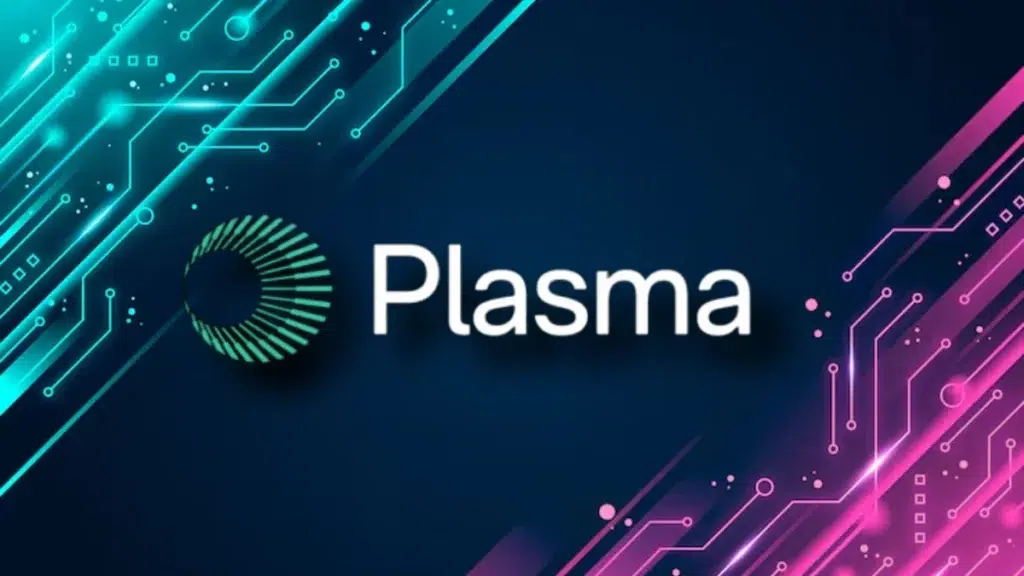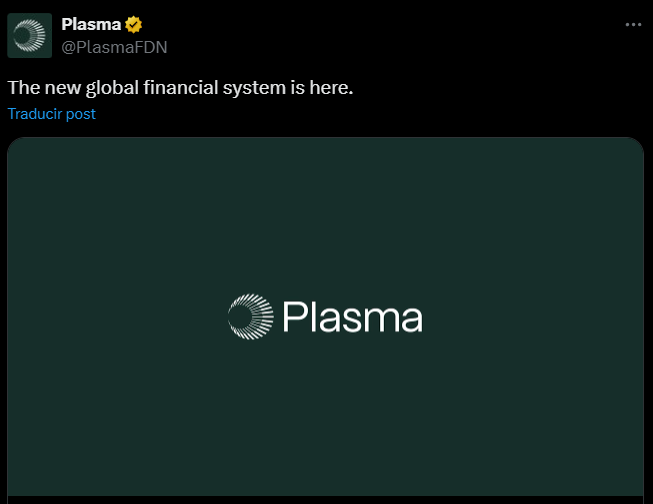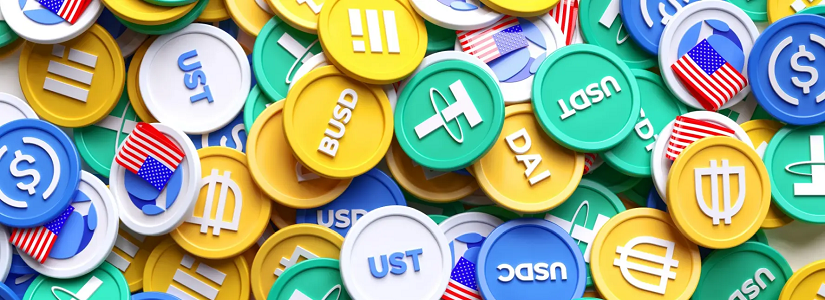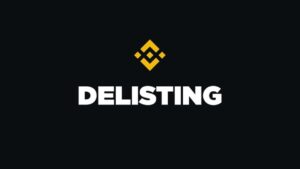TL;DR
- Plasma launches its mainnet beta and XPL token, backed by multiple platforms, with stablecoin liquidity deployed across Aave, Ethena, Fluid, and Euler.
- The total XPL supply is 10 billion tokens, with 1.8 billion circulating and regulatory restrictions for U.S. users until July 2026.
- Plasma introduces Swarm and One, offering tokenized equities and a stablecoin-native neobank, targeting regions with high capital flows and stablecoin adoption.
Plasma, a Layer 1 blockchain designed for stablecoins and backed by Bitfinex, Bybit, Paolo Ardoino, and Peter Thiel, officially launched its mainnet beta today along with its native token, XPL. The project debuts with stablecoin liquidity deployed across DeFi platforms such as Aave, Ethena, Fluid, and Euler, marking a strong start for an ecosystem focused on digital payments and tokenized assets.
XPL Supply
The total XPL supply is 10 billion tokens, of which 1.8 billion are currently circulating. However, part of this supply belongs to U.S. participants and will not be released until July 2026 due to regulatory requirements, potentially limiting short-term liquidity.
The distribution allocates 10% to the public sale, which in July was oversubscribed by over $300 million, 40% for ecosystem growth with 8% unlocked at launch, and 25% each to the team and investors under multi-year vesting schedules.
XPL traded on DEXs like Uniswap and PancakeSwap at roughly $1 during the first hour, giving early public sale buyers, who purchased tokens at $0.05, approximately 20x returns. On centralized exchanges such as Bitfinex, Binance, OKX, and Bitget, the initial price hovered around $0.70 within the first 20 minutes of listing. The token’s current market cap reaches $1.9 billion, with a fully diluted value of $10.4 billion—a figure some analysts consider high relative to adoption.
Plasma Launches Swarm and One
Among the ready-to-use products at launch, Plasma introduces Swarm, a DeFi platform issuing nine tokenized equities under European regulation, granting holders legal rights over the underlying assets. Additionally, the blockchain launches Plasma One, a stablecoin-native neobank initially focused on regions with high capital flows and stablecoin penetration, such as the Middle East.
The market has shown interest despite the lack of active adoption, as analysts view Plasma as providing indirect exposure to Tether and the broader stablecoin ecosystem. According to Delphi Digital, the project could be seen as a long-term opportunity to access large-cap markets, especially in a context where real-world asset tokenization is gaining traction and stablecoins are consolidating as key liquidity pillars.
Plasma starts with solid infrastructure, high-profile financial backing, and functional products from day one. The challenge will be converting this readiness into real adoption, while initial valuation and liquidity shape market perception during the launch period













